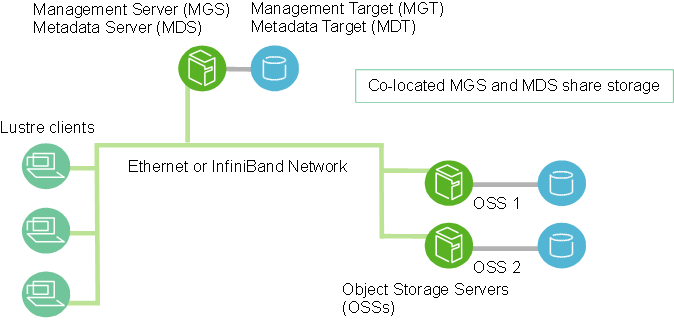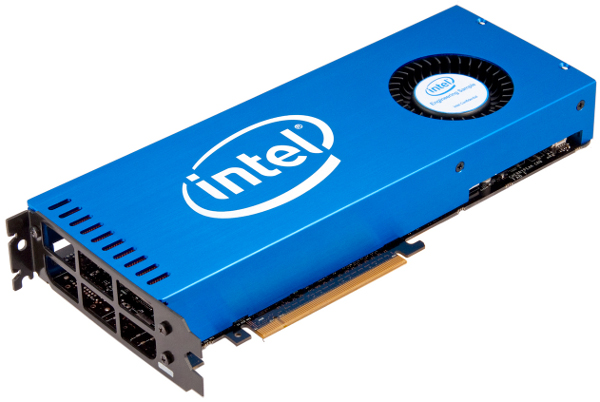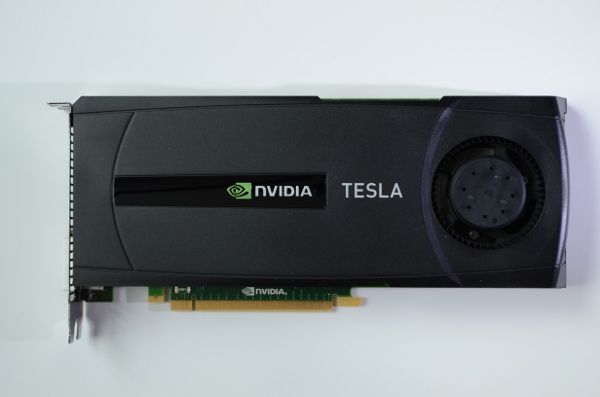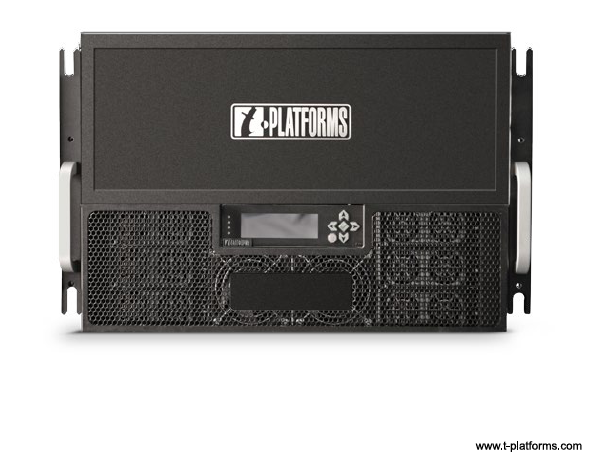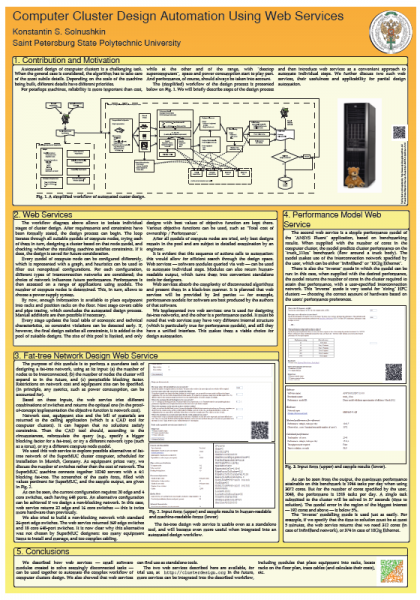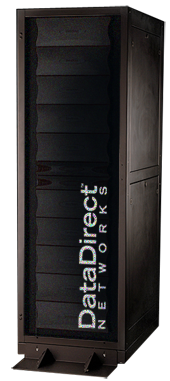As vendors try to showcase their products, there is often confusion regarding the difference between two similar products, such as PanFS from Panasas, Inc. and Lustre (from Sun, then Oracle, then Whamcloud, then Intel). But in this particular case, the difference is not that big — you will see for yourself.
Panasas was founded in 1999 by Dr. Garth A. Gibson and Dr. William Courtright. Garth A. Gibson is a co-inventor of RAID technology — no wonder that his company excels in storage products. Panasas provides appliances — hardware and software bundled together and fine-tuned for high performance. This has always been a “closed-source”, proprietary product, which translates into a vendor lock-in.
Lustre experienced a tumultuous history of corporate mergers and acquisitions. Finally, source code was published under the GNU GPL license, but only the chosen few would dare to look inside. Everyone else is happy with pre-patched Linux kernels. Most development efforts seem to be done by Whamcloud, because they have the necessary expertise. Recently, Whamcloud was acquired by Intel. Theoretically, Lustre is still open source, so anyone can contribute, but for practical purposes, you still need to ask a single company (formerly Whamcloud, and now Intel) if you want to have new features added.
Similarity between the Panasas solution and Lustre is best represented by this figure taken from the Lustre manual:

